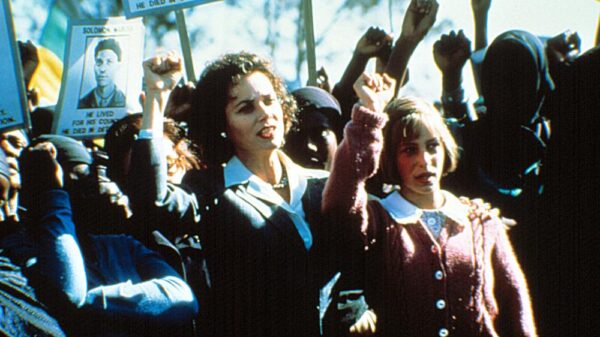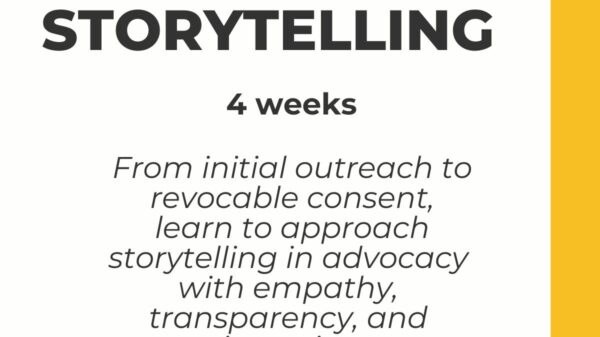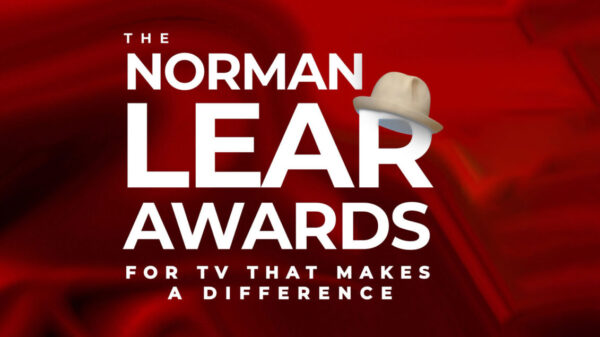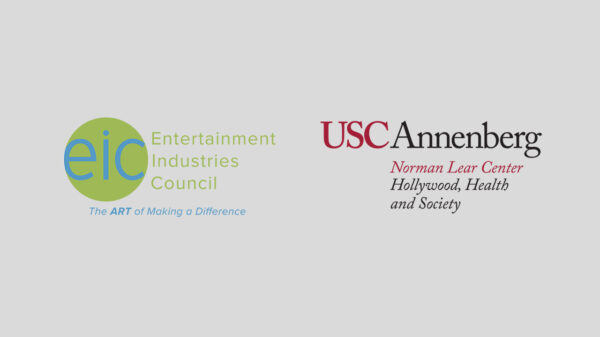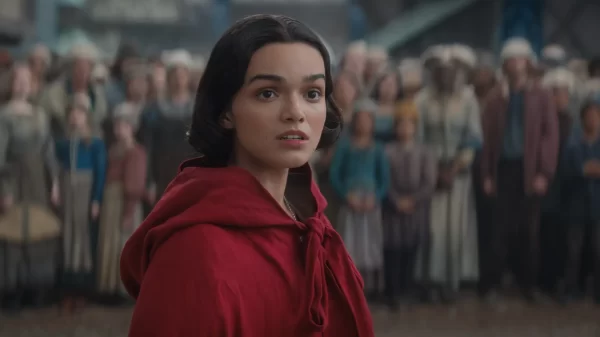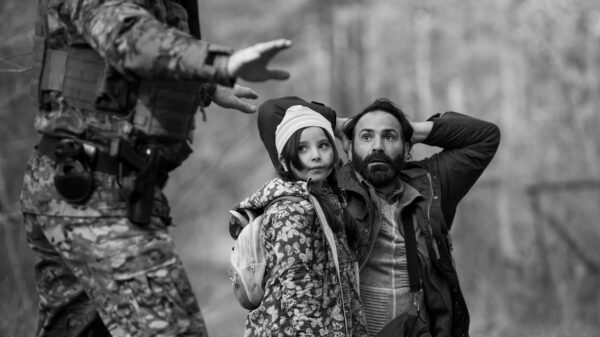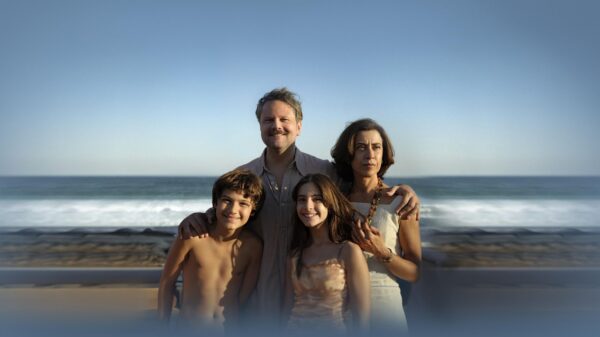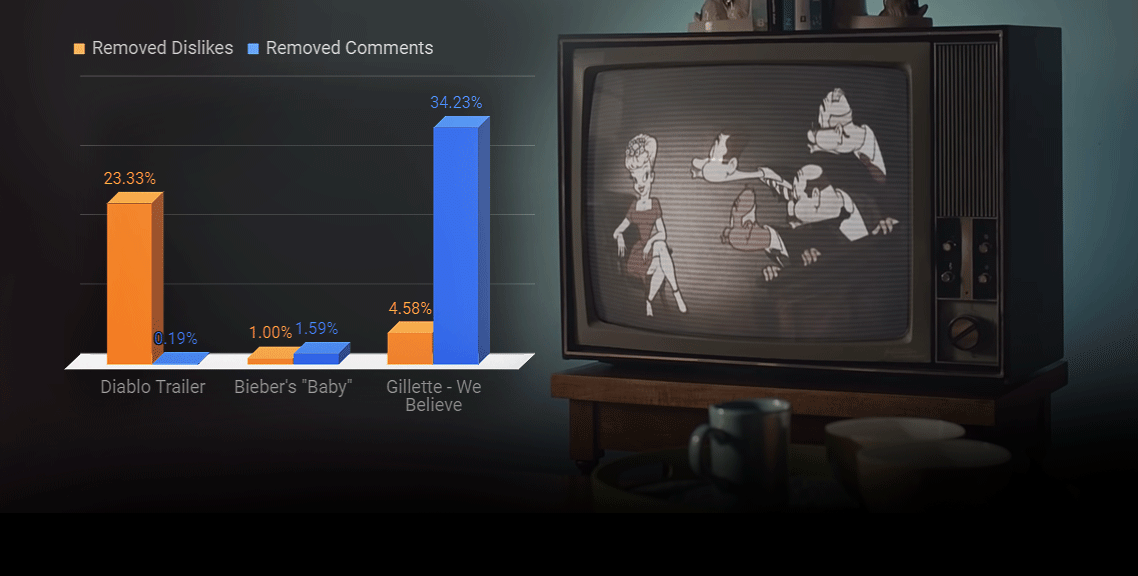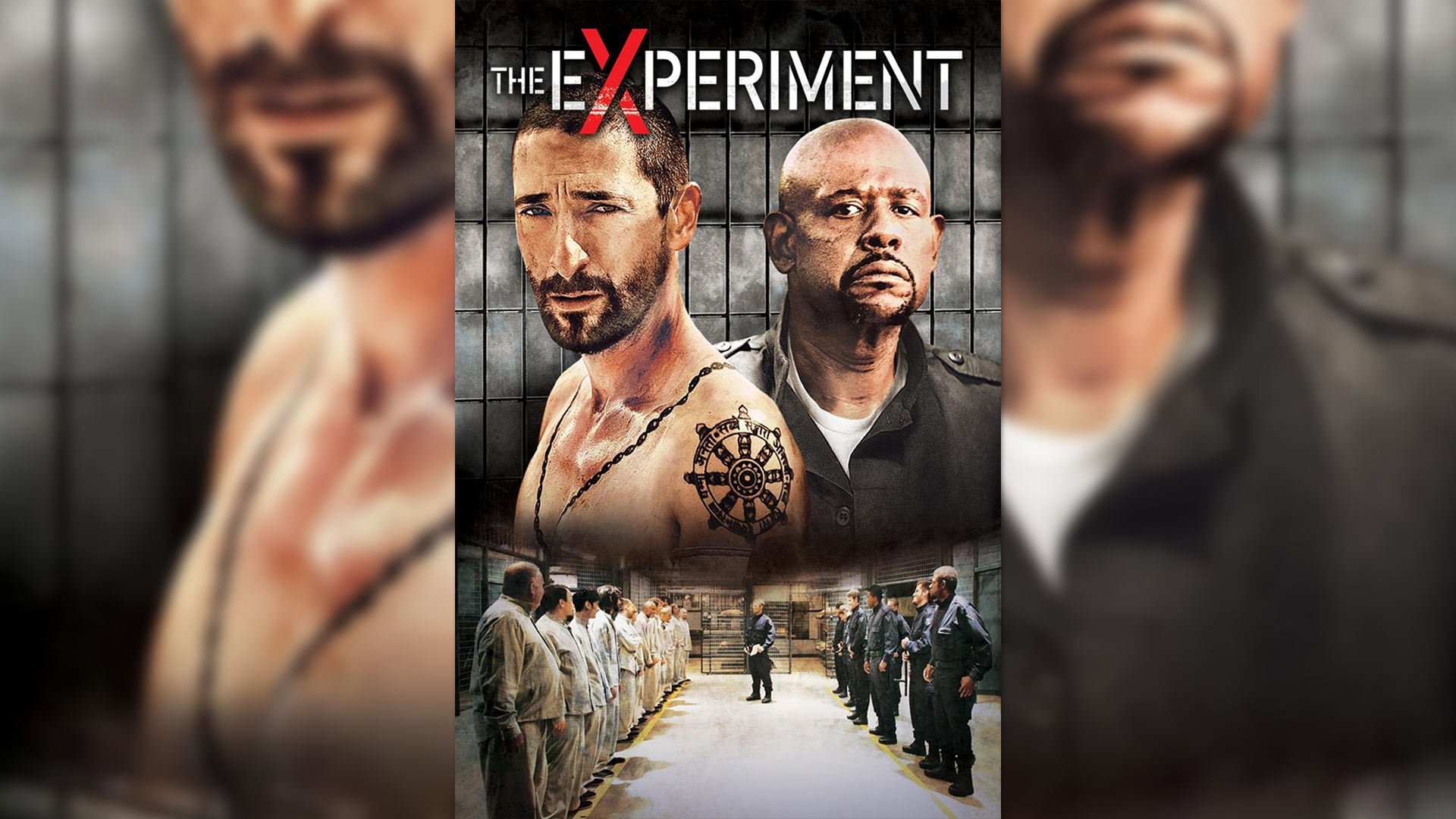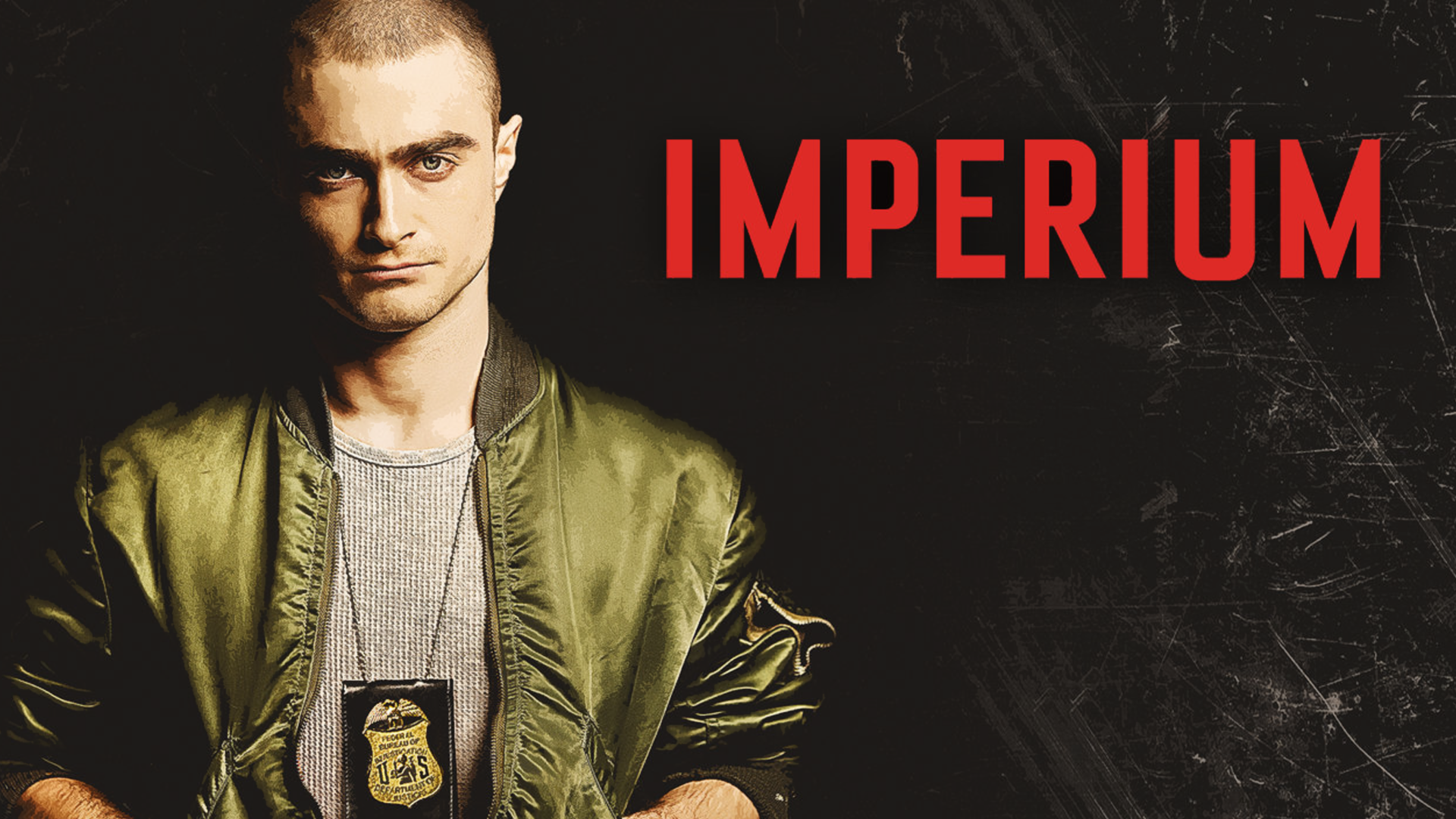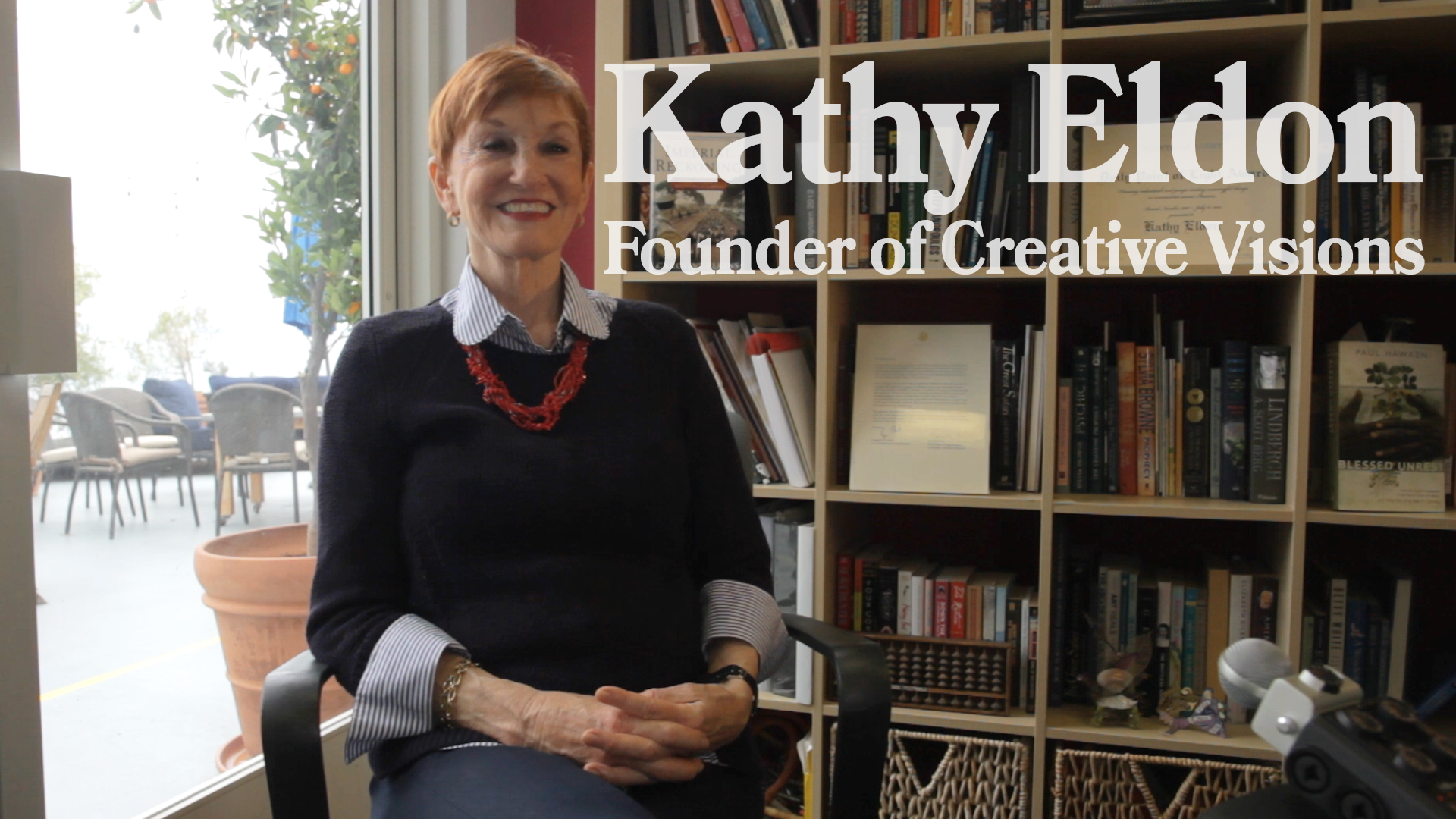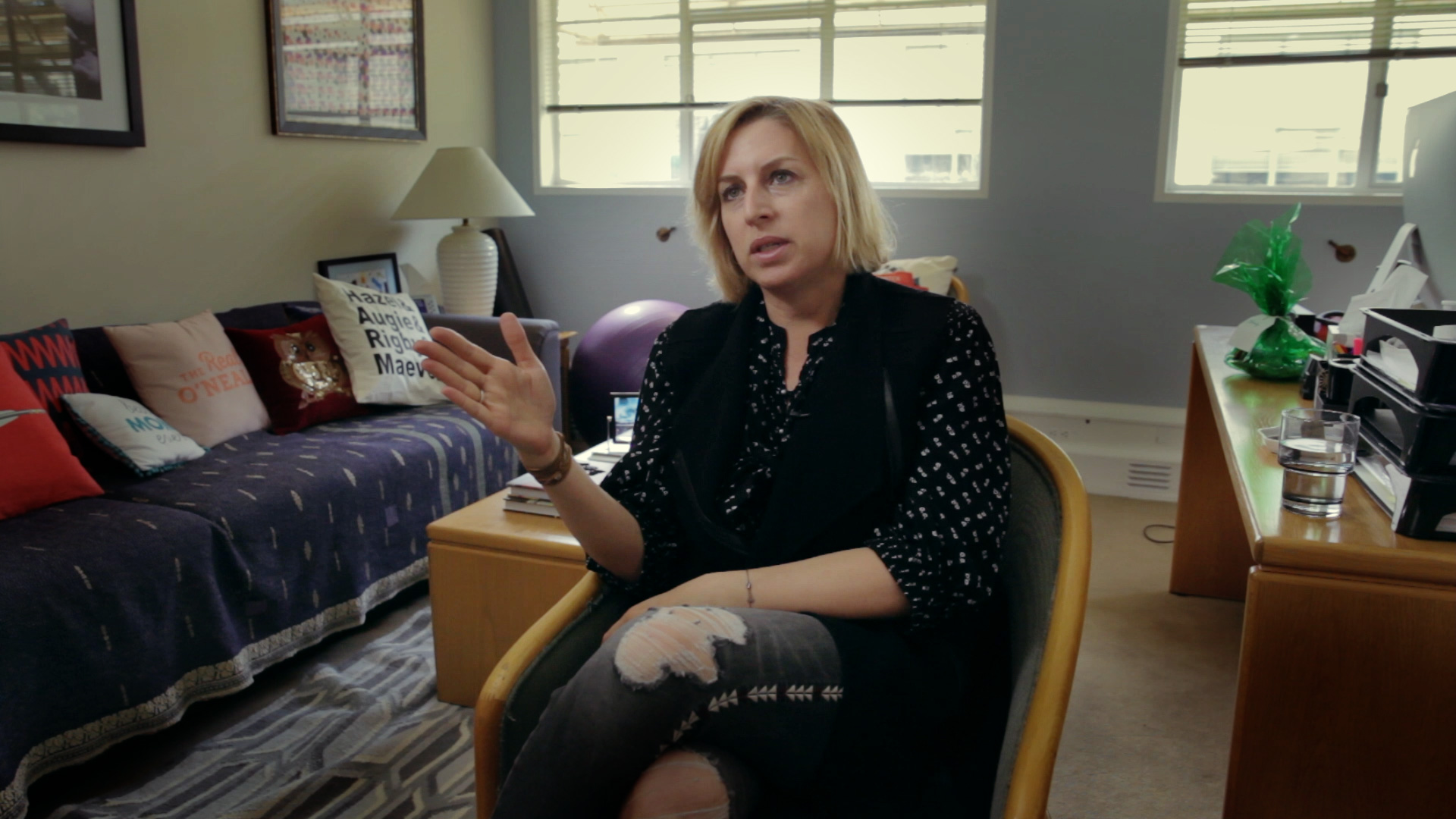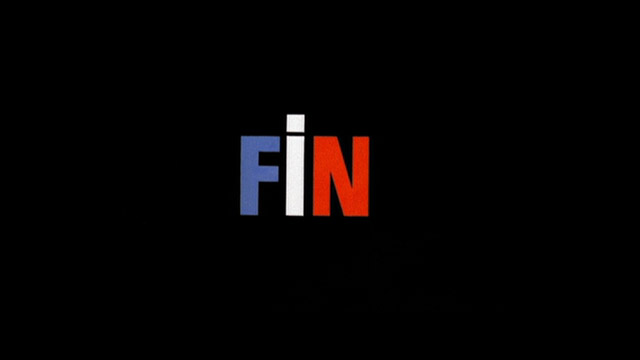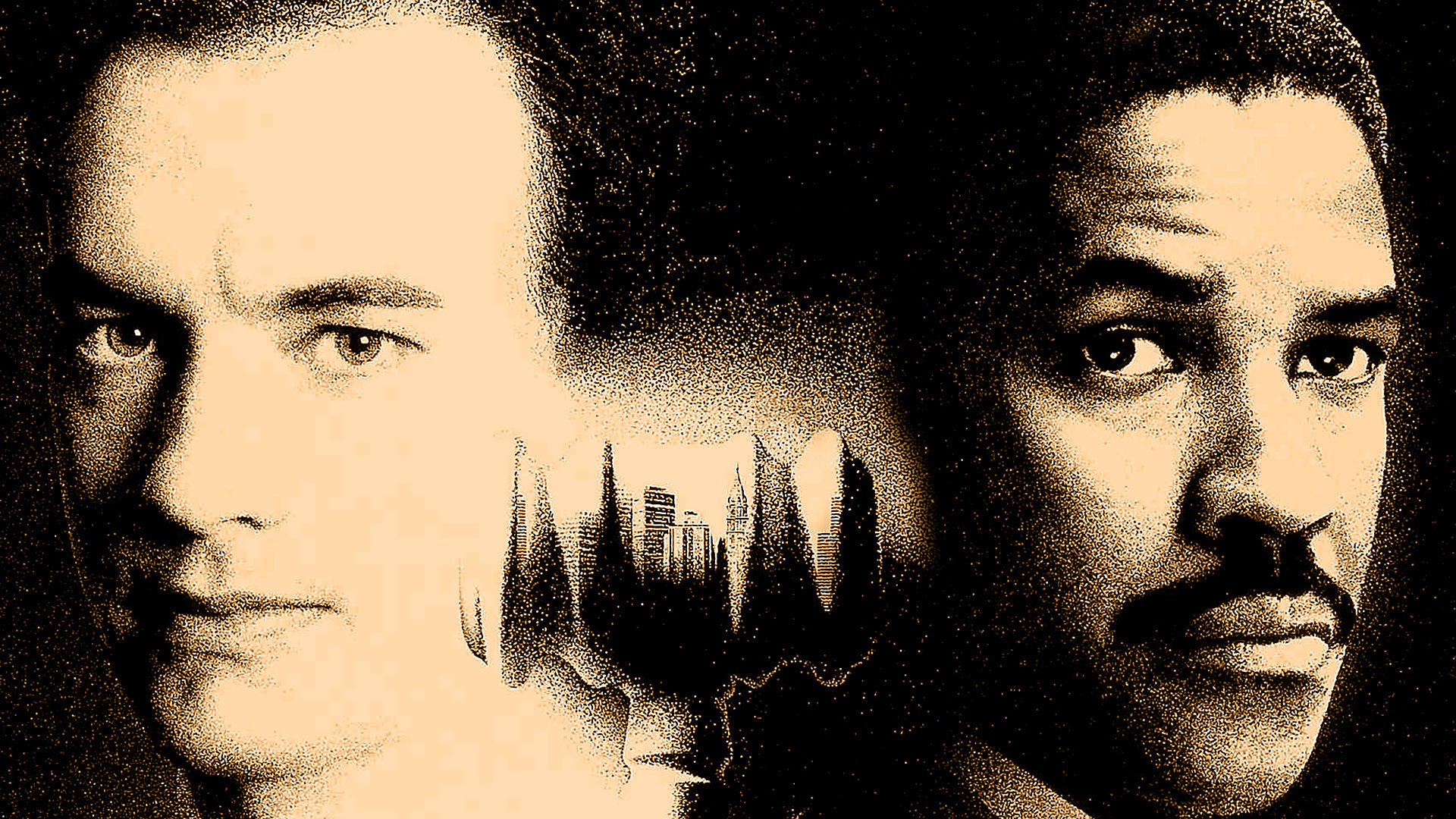Often maligned, misunderstood, underrated and trivialized, style is an integral element of visual storytelling. Mock it. Embrace it. Exude it. Or create it. Style is an organic catalyst of the creative process and an energized and controversial component of films that change our psyche, world view, personal tastes and, most importantly, our human desire to overtly feel something. As Sir John Gielgud adamantly warbled in Alain Resnais’ maddening and stylish film depiction of a writer’s psychic torment, Providence, “Style is feeling; it’s most elegant and economic expression.”
Does style embellish the truth of a story? Or does it disguise it? And, as Paul Robeson proclaimed, “Artists are the gate-keepers of truth. They are civilization’s radical voice.” So why wouldn’t a filmmaker cultivate style elements as a personal arsenal against the bland and expected in a crowded marketplace? A definitive, fearless style sets new experiences in motion. From Haskell Wexler’s Medium Cool, the astonishing black and white socialist realism classic I Am Cuba to Shirley Clarke, who was initially dismissed as a dilettante for her stylistically composed social commentary in two films that sparked the New York independent film scene – The Cool World and The Connection.
Antonioni’s first color film, 1964’s Red Desert is memorable today because of his artful depiction of the destructive intrusion the industrial world inflicts on the environment, soul and spirit. But even Fritz Lang’s futuristic silent classic Metropolis and first ‘talkie,’ the noir predecessor M, are beholden to an authentic style that literally jumps off the screen or lures the viewer into a terrifying, hypnotic immersion. And definitely part of Andrei Tarkovsky’s infectious genius is his use of a photo-realistic style in films like Stalker that haunt and pierce the imagination with their beauty. Indelible style and beauty can be found in devastation and fearful places. City of God. Amores Perros. The Killing Fields. Three flawlessly filmed works of socio-political art that take your breath away. And no one was prepared for the emotional devastation wreaked by a field of germinating wildflowers in Malick’s Days of Heaven.
In “Against Interpretation,” Susan Sontag stresses that style is the most indelibly important component of a work of art and consistently, artists like David Lynch, Quentin Tarantino, Robert Rodriguez and even documentarians Morgan Spurlock and Michael Moore exude an aesthetic that propels their stories. In hand, you know you’re watching a film directed by Woody Allen, Wes Anderson or Jean-Luc Godard by the style of their opening titles before you see their name. It’s that stylistic foreplay that sets up an experience and opens the window to seeing and feeling things as if for the first time.


